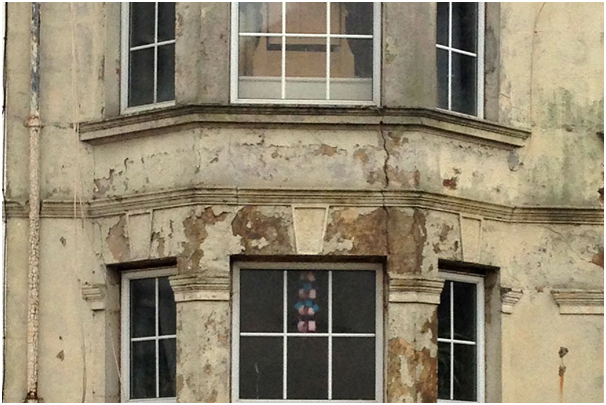Damp is unpleasant, smelly, tough to live with and can be hazardous to health. These are the best options for damp-proofing your home.

What is Damp?
There are two main types of damp, penetrating damp and rising damp. Penetrating damp is caused by water seeping into the property through the fabric of the building, causing damp patches on the walls and ceiling. If mould occurs as a result of damp, this can cause serious health issues. Rising damp is groundwater that manages to breach the damp course and shows up as mould or a ‘salt band’ up to around five feet from the bottom of your walls.
Renew Your Damp Proof Course
Rising damp is generally the result of a faulty damp proof course (DPC), or the lack of any DPC at all. It can also occur when air bricks are blocked or damp earth is piled up against the house. In this case, you should move the earth and unblock air bricks as a first course of action. Now inject a chemical DPC which will create a damp proof barrier inside the wall.
Damp Proof Your Exterior Walls
If you have damp patches on walls and ceilings, walls that feel damp to the touch and rooms that feel cold even with the heating on, then you’ll need to investigate the cause before applying a damp proof coating to the exterior of your building.
Clear out gutters and downspouts, fix any cracks in exterior rendering and pay attention to the seals around windows and the flashing on your roof. Then apply damp proofing paints to exterior walls, masonry and brickwork. For more information on this type of treatment try a website like https://restorationuk.com/damp-proofing-products/damp-proof-paint-for-external-walls.
Try Tanking
If you have a damp problem relating to issues with flooding in a basement, then you’ll need to consider the use of damp proof membrane (DPM) to tank out the area. If your home is over 100 years old, or you live in an exposed and damp area, DPM can be an effective solution for both rising and penetrative damp where no damp proof course is present.
Damp Proof Your Interior Walls
Once you’ve dealt with the exterior problems, it’s wise to create an interior barrier with a damp proof paint and renovating plaster to stop salts and control damp.
